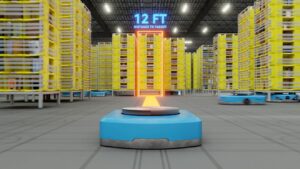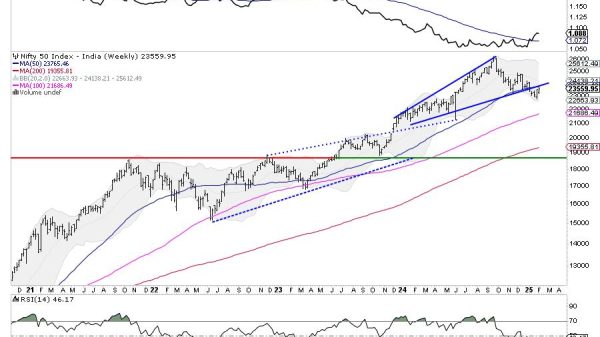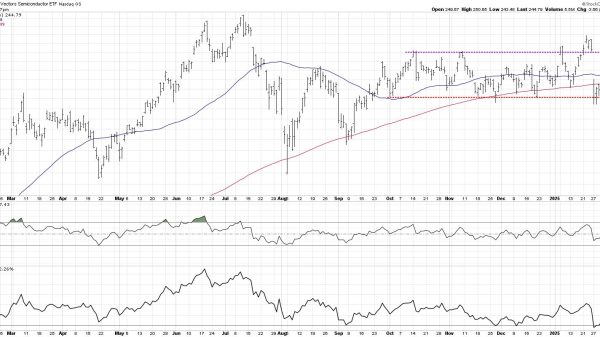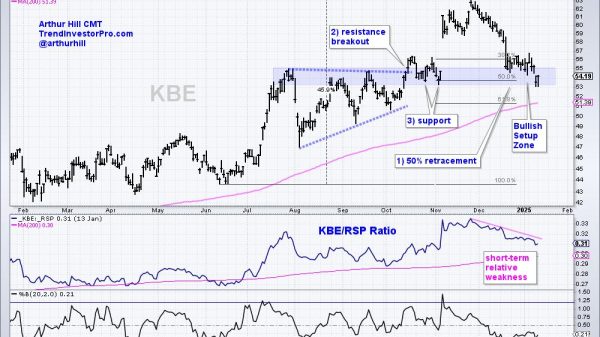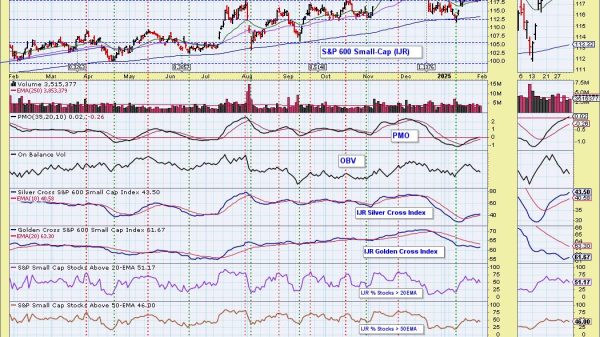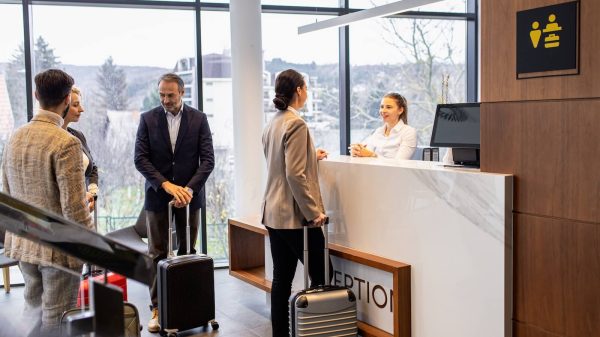
Amazon’s use of warehouse robots has surged to more than one million, putting them on par with the number of human workers and signalling a pivotal shift in the ecommerce giant’s operations towards AI-driven automation.
The milestone, first reported by the Wall Street Journal, marks a turning point in Amazon’s warehouse operations, where automation now supports roughly three-quarters of all deliveries. The company has long emphasised that its robots work “alongside humans”, helping to reduce physical strain by taking on repetitive tasks such as lifting and sorting heavy packages.
Amazon says the expansion of robotics will not eliminate jobs but instead shift demand towards more technical roles. The company plans to increase hiring for technicians and maintenance staff to service its growing fleet of robots.
“Robots in our fulfilment centres are designed to assist, not replace,” said an Amazon spokesperson. “They make the workplace safer and more efficient, enabling our employees to focus on more engaging and less physically demanding tasks.”
However, Amazon’s march towards automation is not limited to its warehouses. Chief executive Andy Jassy signalled in June that the company’s corporate workforce is also set to shrink due to AI, saying: “We will need fewer people doing some of the jobs that are being done today, and more people doing other types of jobs … in the next few years, we expect that this will reduce our total corporate workforce as we get efficiency gains from using AI extensively across the company.”
The technology powering Amazon’s robotic surge is evolving quickly. The company announced on Monday that its latest AI-driven software has increased robot speeds by 10 per cent. One of its newest models, Vulcan—unveiled in May—is Amazon’s first robot with a “sense of touch,” which helps it handle inventory more precisely.
Despite the acceleration in automation, Amazon continues to expand its physical footprint and employee base in the UK. It has pledged to invest £40 billion in the UK over the next three years, including the opening of four new fulfilment centres, each expected to create up to 2,000 jobs. It currently employs more than 75,000 people across the country.
Part of this expansion includes the introduction of drone deliveries, which are expected to begin in Darlington. Amazon says that while these newer sites may have smaller employee footprints due to their increased automation, they are crucial for delivering orders with greater speed and efficiency.
“As we’ve hired hundreds of thousands of new employees over the past decade, we’ve also expanded into new types of sites — like sub-same-day fulfilment centres and delivery stations — which have smaller employee footprints and help us deliver with greater speed,” said the company.
The balancing act between automation and employment remains a subject of global interest. While Amazon maintains that robotics will create new opportunities in technical and engineering roles, it faces increasing scrutiny over the broader implications of AI adoption—particularly on job security, workplace conditions, and the future shape of its workforce.
Read more:
Amazon’s robots on verge of outnumbering human warehouse staff as AI ramps up


